9 Surprising Facts about Mexico City
On Sunday, February 19th I will fly into Mexico City and begin another full year of world travels. I’ll explore Mexico City for 1-2 weeks then head on to other fascinating towns in central Mexico and the beautiful, rough beaches of the country’s extensive Pacific Coast.
Eventually I’ll reach Guatemala and other Central American countries. Read more details of my 2017 travel plans here.
While preparing for my upcoming trip, I learned many fascinating and surprising facts about Mexico City. They’re so interesting that I decided to report my findings in this article. So here goes:
1. Mexico City sits at an elevation of 7349 ft / 2240 M.
That’s high for a major world city! In fact, it’s much higher than every city and town in all of Europe! It’s also considerably higher than most US cities or towns.
To put things into perspective: Mexico City rests higher than Flagstaff, Arizona (7000 ft /2134 M) and considerably higher than Denver, Colorado (5160 ft / 1537 M).
For US comparisons, Mexico City is closest in elevation to Los Alamos, New Mexico (7325 ft / 2233 M) and Big Sky, Montana (7608 ft / 2319 M).
The highest city or town in Europe is Davos, Switzerland, which sits at a mere 5120 ft / 1560 M). The next highest is Briancon, France ( 4350 ft / 1326 M), situated in the southern French Alps.
Mexico City’s high elevation is a result of its location on central Mexico’s vast Altiplano Central plateau – actually an extension of North America’s western highlands running through New Mexico, Arizona, Nevada and Utah.
The city’s high elevation also means…
2. Visitors arriving by flight to Mexico City are susceptible to altitude sickness!
Many visitors feel fatigued, short of breath, headaches and/or have trouble sleeping for the first few days in Mexico City. New arrivals are advised to drink lots of water, take it easy, avoid strenuous exercise and avoid alcohol for a few days after arrival.
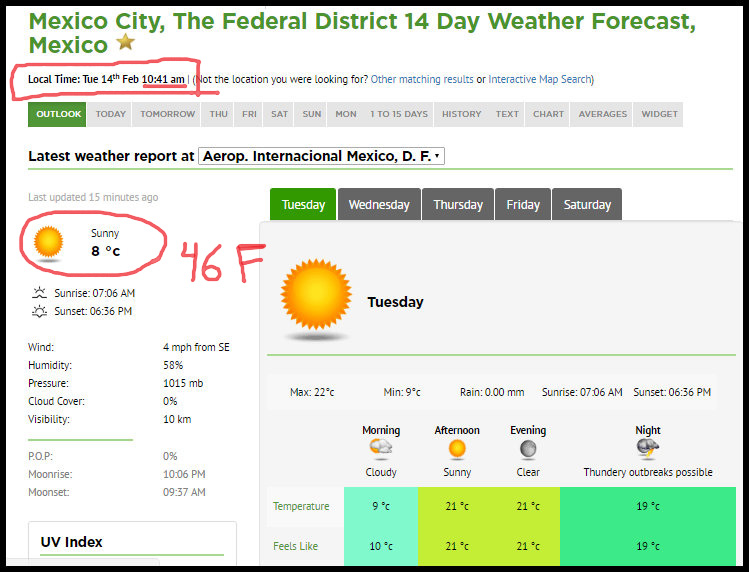 3. Mexico City’s altitude also means that the city has a chilly climate.
3. Mexico City’s altitude also means that the city has a chilly climate.
It’s cold there in mornings and at night!
In winter months, afternoon temperatures reach the low 70s F / 20s C, which is pleasantly warm. But mornings are quite cold – in the mid 40s-50s F. Night time temperatures plummet to the low 40s F / 6-8 C.
In summer, the city warms up to the low 80s in afternoons, but nights are still chilly in the 50s F / 10C.
Forget the common US vision of Mexico’s broiling hot deserts full of cacti in this high altitude capital city!
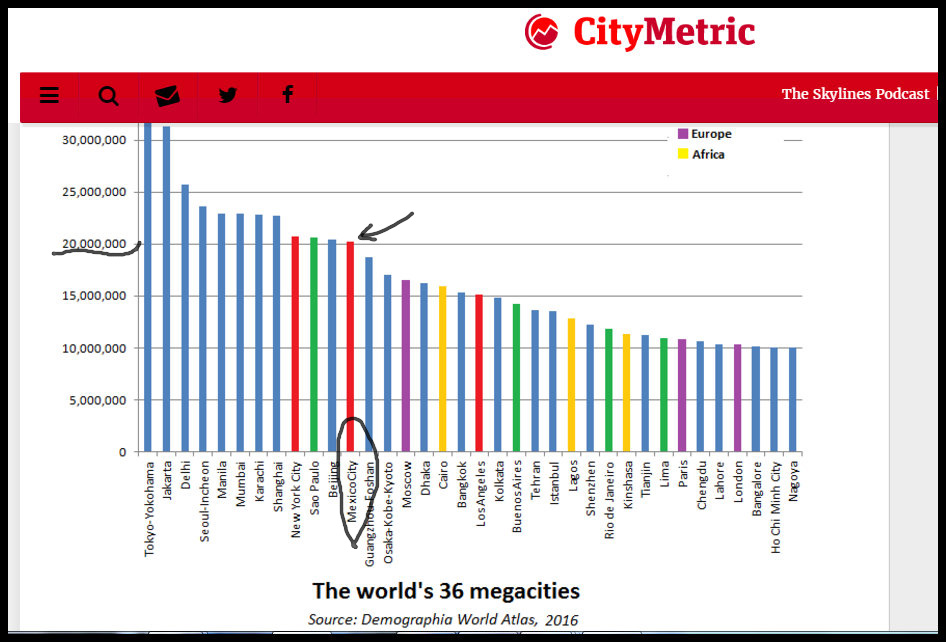 4. Mexico City is one of the world’s 36 ‘mega-citys’.
4. Mexico City is one of the world’s 36 ‘mega-citys’.
To be exact, it ranks as the world’s 12th most populous city, with over 22 million inhabitants, according to the Demographia World Atlas 2016. A Mega-City is defined as having 10 Million or more inhabitants.
Most of the Mega Cities larger than Mexico City are in Asia and India. The two exceptions are New York City and Sao Paulo, Brazil. So in this part of the world, Mexico City is one of the biggest around.
5. Mexico City is almost 500 years old.
The city was established by Spanish conquerors in the early 1500s.
As a result, the city center has a more than 1500 gorgeous historic buildings, churches, cathedrals and plazas that are classified as historic or artist monuments. The historic center is also a designated UNESCO World Heritage List.
6. Mexico City is sinking!
Yes, the city has sunk unevenly by 10 M / 33 ft during the past 100 years. Many prominent historic buildings are visibly tilted (like Italy’s famous Tower of Pisa) including the Municipal Cathedral and The Palacio de Bellas Artes.
Mexico City is sinking because the Spaniards built it on a drained lake bed of spongy soil, much like a swamp. Quite unfortunately, nowadays the city’s problem is getting even worse, thanks to the huge water demands of 20+ million residents draining nearby water sources.
7. In 1985 Mexico City was severally damaged by a massive earthquake measuring over 8 on the Richter Scale.
Over 400 buildings collapsed and more than 3000 others severely damaged. Over 5000 people died.
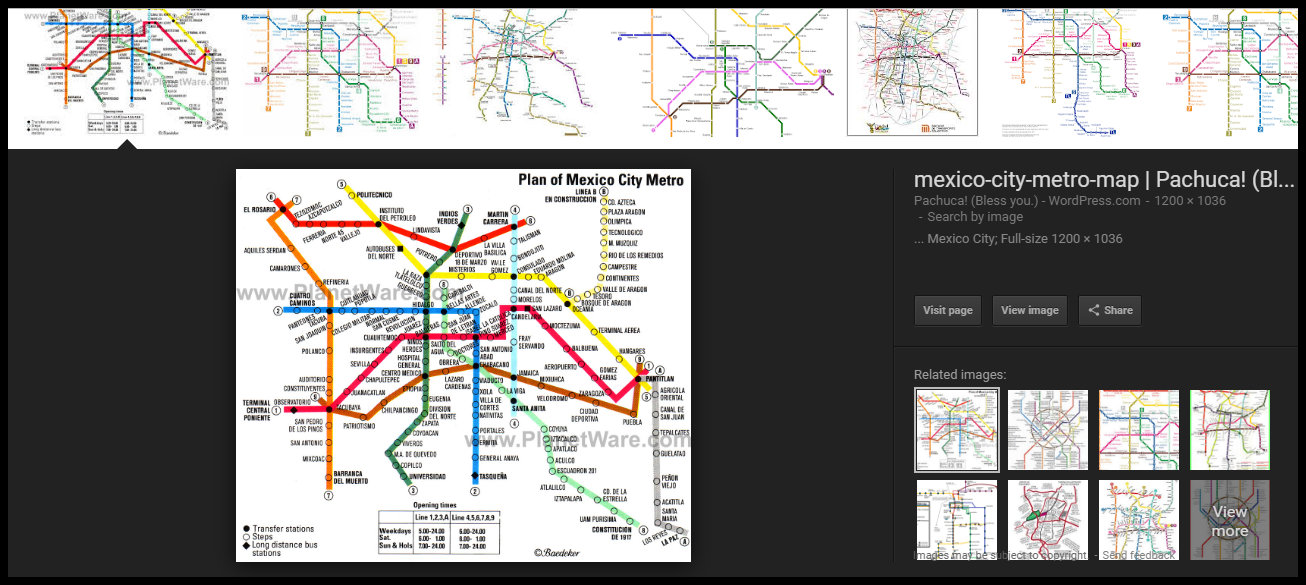 8. Mexico City has a very extensive & sophisticated subway system.
8. Mexico City has a very extensive & sophisticated subway system.
With around 4.6 million passengers PER DAY riding its 12 lines, 175 stations and over 200 km of tracks, it rivals London’s huge metro system.
It’s also one of the world’s least expensive subways, averaging just $5 pesos / $0.20 US per ride.
9. The city suffers from bad air pollution.
This could actually account for some of the symptoms visitors experience upon arrival – tiredness, trouble sleeping, lightness of breath and headaches – that are also attributed to altitude sickness.
However, on a world scale, Mexico City’s pollution has nothing on the cities in India, China and Middle East. In fact, Mexico City doesn’t even rank among the top 150 most polluted cities in the world. So I guess it’s not too terribly bad. And that’s a great thing for me, since I fly there this Sunday, February 19th.
============================================================







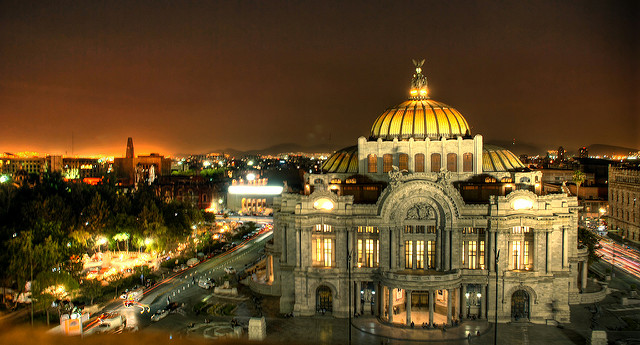
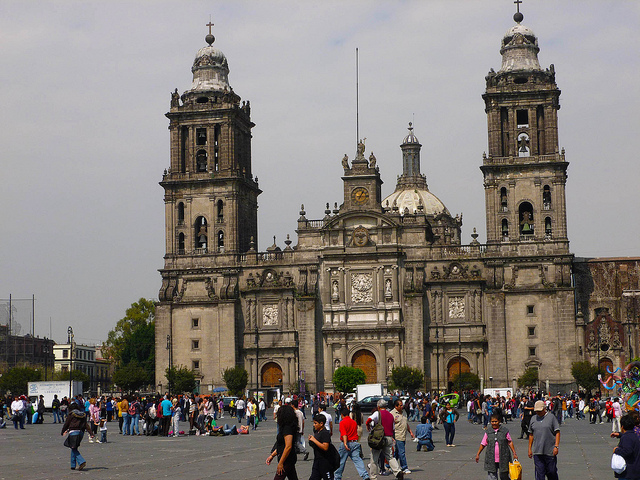




 Hi! I'm Lash, an American nomadic world traveler who's been traveling solo since 1998. I’m passionate about traveling the world nomadically and then sharing it all with you. I hope to inspire you to travel the world, to entertain you with tales from the road, and to help you reach your travel dreams. Welcome!
Hi! I'm Lash, an American nomadic world traveler who's been traveling solo since 1998. I’m passionate about traveling the world nomadically and then sharing it all with you. I hope to inspire you to travel the world, to entertain you with tales from the road, and to help you reach your travel dreams. Welcome! 




3 pings
8 Surprising Facts about Ecuador - LashWorldTour
2022/02/22 at 5:13 am (UTC 8) Link to this comment
[…] 9 Surprising Facts about Mexico City25 Highlights of Travel in Central America========================= […]